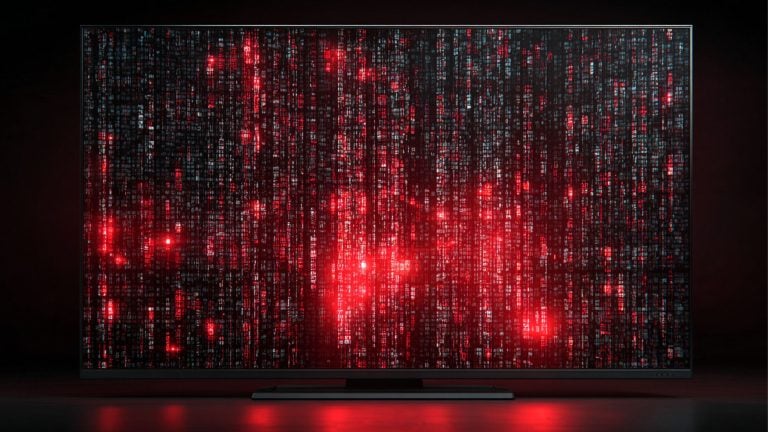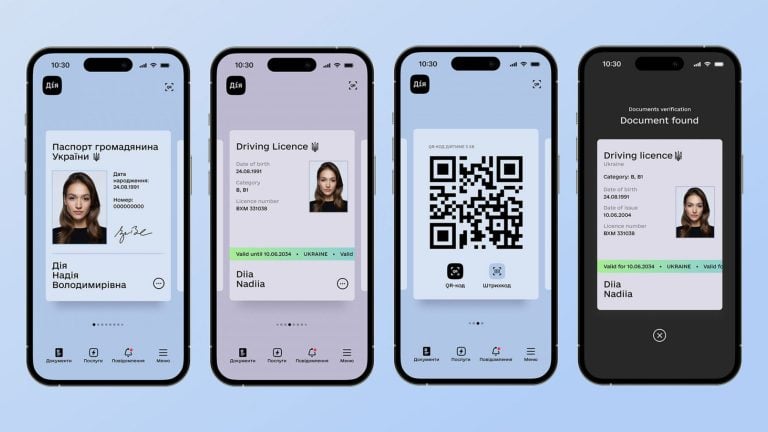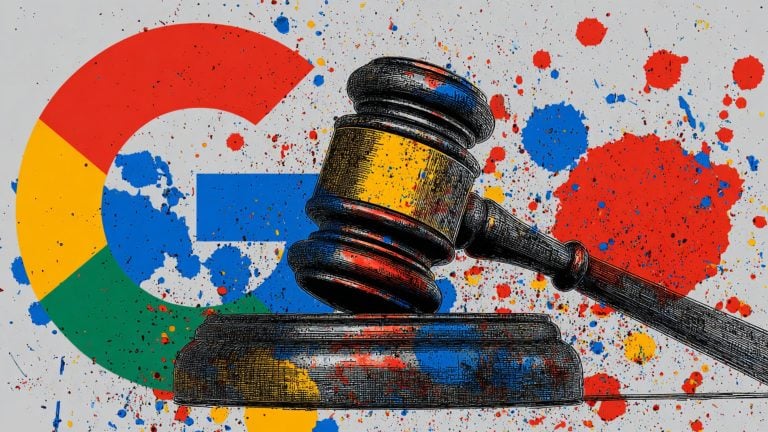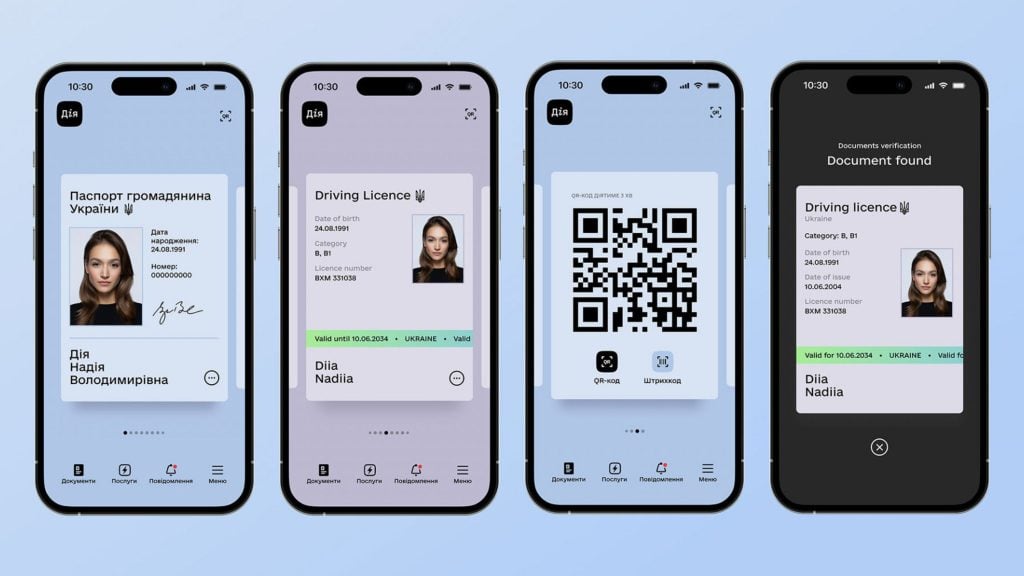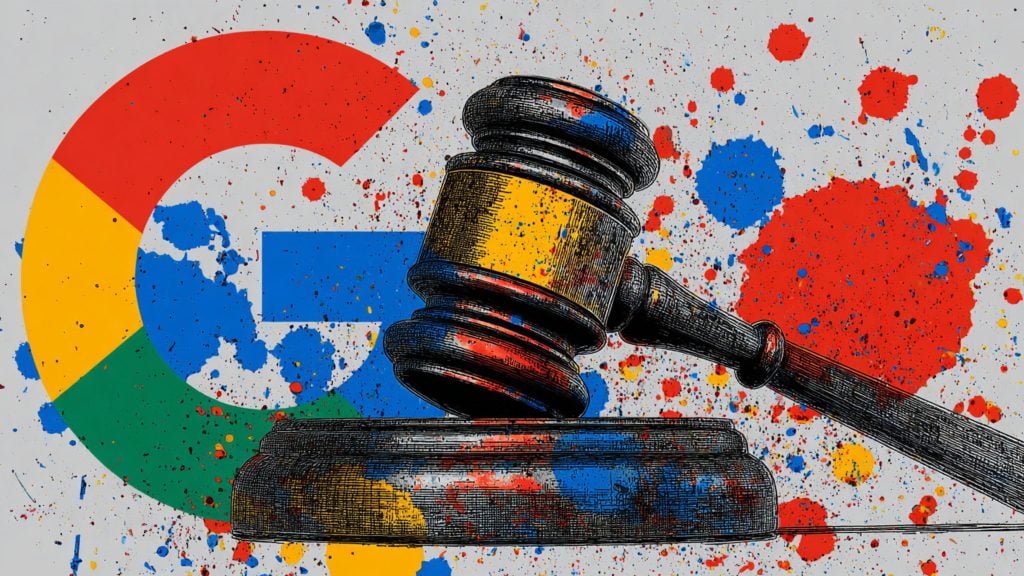Microsoft’s renewed push to roll out Recall, an AI-powered feature in Windows 11 that automatically logs user activity every few seconds, is reigniting deep concerns among those focused on digital privacy and personal security.
Initially paused following a storm of backlash last year, Recall has quietly returned in a preview version of Windows 11 (Build 26100.3902), now available to select testers. The tool takes snapshots of a user’s screen at regular intervals and creates a searchable timeline of everything from app usage to websites visited and documents accessed. While Microsoft pitches this as a convenience tool, privacy advocates see a surveillance mechanism in disguise.
The company claims the tool is safe. It requires users to opt in and enroll in Windows Hello to access stored snapshots. Microsoft describes the feature as a way to “quickly find and get back to any app, website, image, or document just by describing its content.” Users, the company says, can pause recording and choose what is saved.
But these assurances fall flat for those warning about the broader consequences. The fact that Recall is opt-in does not prevent the exposure of data from people who never enabled it. If someone with Recall turned on receives a private photo, message, or sensitive document, it will be silently captured, analyzed, and indexed by the tool, regardless of the sender’s intent or privacy tools used.
The feature’s ability to store and catalog data so comprehensively opens up a host of legal, security, and ethical issues. Lawyers, governments, and spyware operators would gain an unprecedented level of access to a user’s digital life; not through brute force or phishing, but through a built-in tool that essentially creates a time-lapse of computer activity.
For those wary of the increasing creep of AI into daily computing, Recall has become a textbook case. Critics have framed it as part of a larger trend where companies inject AI features into existing platforms not to serve users, but to drive engagement, data collection, or lock-in.


